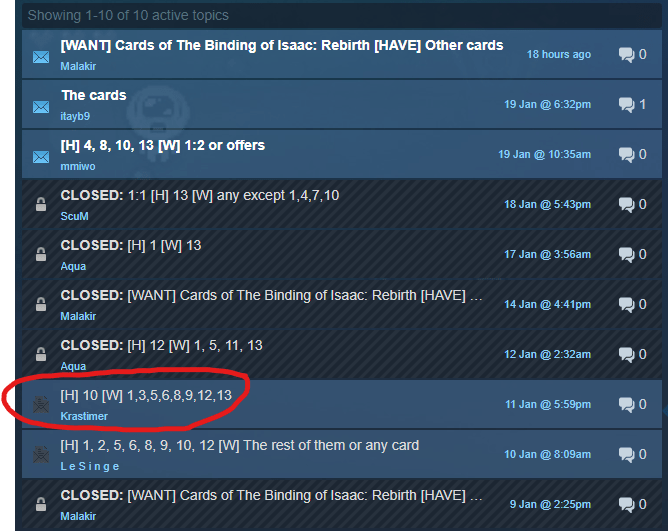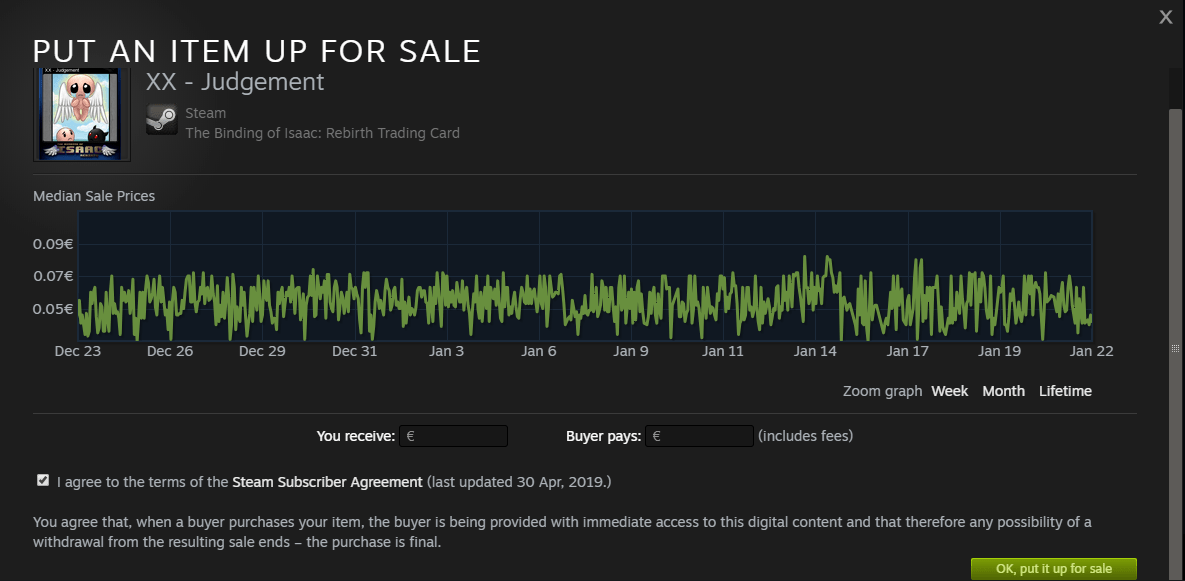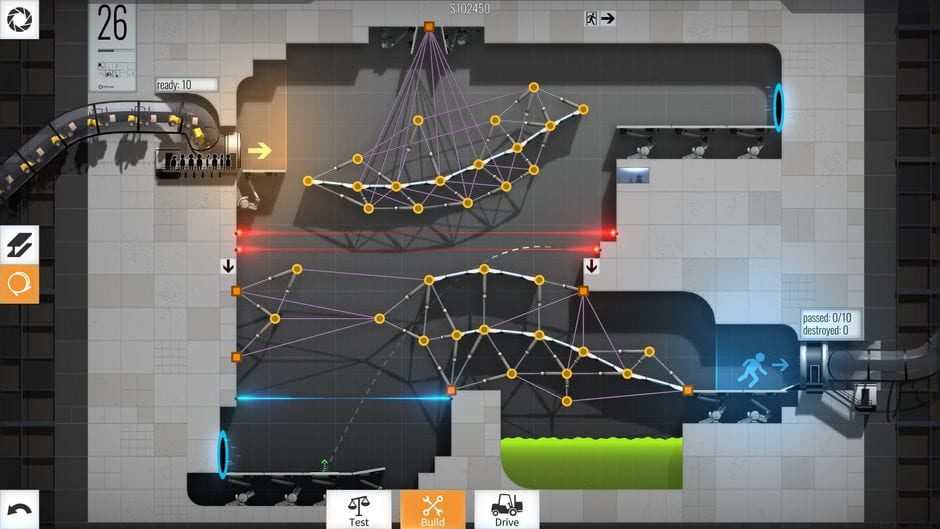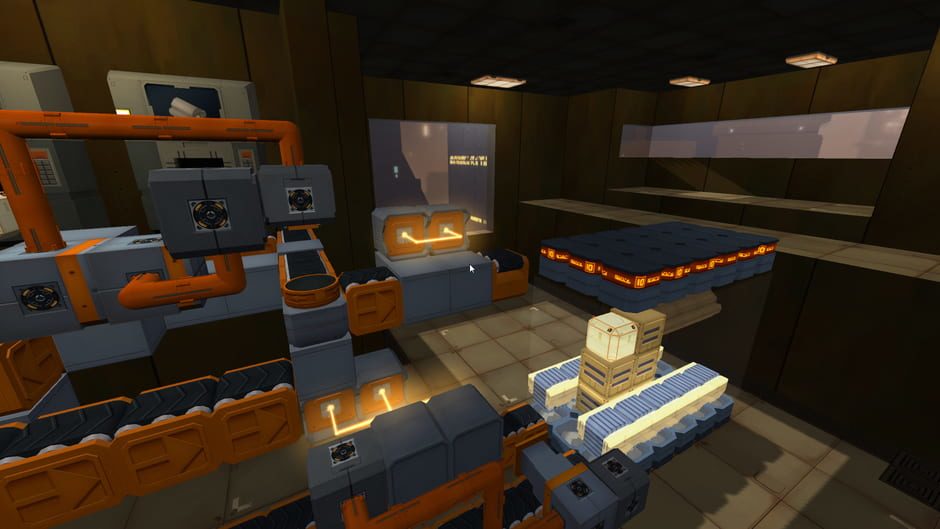
Idle games don’t take as much of the spotlight from the gamers, and I think that’s undeserving. So, I’m here to review one of the best idle games around.
Being around since 2015, released and created by our dear Kongregate, Realm Grinder is a true idle game.
I will tell the rest through my review.
As always, this review will be split into Storyline, Gameplay, Visuals and finally, Personal Thoughts sections. Without further ado:
Storyline
The game does not have a storyline per se.
You are just a small ruler, trying to build your kingdom and make it prosperous. To do that you ally yourself with 1 of 6 factions, 3 of which are good, and the other 3 are evil.
Once your kingdom reaches a peak amount of income, you abdicate your position in order for a new ruler to make new alliances to reach new heights.
When you abdicate, you lose all gold produced, and in exchange, you get some gems that help your successor (who is you again) boost his production.
When you collect enough gems, you can reincarnate resetting everything and gaining new bonuses that further boost your production.
And that’s the gist of it. Unwillingly, with the “storyline” section, I actually described the gameplay pretty accurately, albeit less thoroughly. Which actually brings us to:
Gameplay
Ok, when you begin, you will have the assistant telling you the basics. What you will see is a choice between 3 buildings, the Farms, the Inns and the Blacksmiths.
By clicking (or tapping depending on your platform) you gain gold. With enough gold, you can start buying buildings, which in turn generate more gold passively.
You might notice you also have 2 spells at the start. These spells are your basic spells and will follow you through any alliance.
While you build and click, you will also start generating assistants who also offer passive income.
By clicking, though, you generate faction coins as well. Their only use (at the start) is to help you ally with a faction of your choosing.
Before you can become allies with a faction however, you must first collect enough money to buy a Proof of Good Deed or a Proof of Evil Deed.
Essentially, this means that you deny yourself 3 out of 6 options for factions until you abdicate.
Anyway, Good Factions are more focused on active gameplay (through spellcasting or clicking) while Evil Factions provide you with passive income and don’t require much effort.
Becoming either of the 2 also unlocks an alignment exclusive spell. Affiliating with a faction unlocks a faction-specific spell.
Every faction also has its own treaties that you must buy and offer a triad of upgrades, exclusive to the faction.
You might notice after playing for a bit, that some factions are certainly stronger than others, or at least faster. While that is true, I assure you, every faction will have its use in the long run.
By the way, when you align your kingdom you will see (besides a change in the kingdom’s appearance and landscape) that there are now 8 more buildings to buy, 7 of which are alignment exclusive, and the Halls of Legends, the highest tiered building that every faction has.
Some factions might have an affinity to boost the production of specific buildings. that’s all part of a faction’s gameplay.
You may also notice a Trophies tab. Trophies are rewards you get for various tasks. There are also secret trophies that require more expertise and cannot usually be acquired by simply playing the game.
Consider everything I say from now on until the Visuals section spoilers for the games. If you don’t want to have any idea what’s to come and instead want to find out yourself, skip to the Visuals section.
By playing you will start unlocking various stuff. For example, by buying all the 9 upgrades of a faction, you will unlock its Heritage, which is a bonus that you can use in every abdication onward, regardless of your Faction.
You will also unlock Excavations, which help you unlock (more spoilers) new Neutral Factions, that are far more powerful.
And it all goes out of hand once you start Reincarnating.
There is a myriad of things to unlock, including but not limited to new factions, researching for bonuses, mercenaries that can combine the power of all factions, etc.
While that might seem tedious, it really isn’t. It’s a great way to pass your time, but I will talk about it on the Personal Thoughts section so everyone can see it (remember, you are in a spoiler area).
[adinserter block=”1″]
Visuals
The visuals are pixel art and nothing too fancy at that. The game also has barely any animation so there’s nothing special.
Personal Thoughts
Ok, so the game might seem boring or tedious at first glance. Especially if this isn’t your kind of game.
But I really think it isn’t.
The game offers so much to do, that you really lose track at some point. You’re working toward unlocking something, and while you do it, you find out that it’s only the beginning.
And this will keep happening!
What’s really fun to think about is (small spoiler) the fact how everything you do will be literally massively overshadowed and outclassed by your newer way of producing money.
And that happens with every milestone.
Generally, I recommend this game to anyone who really likes unlocking things over and over (as the game is getting frequent updates with new additions to the game), as well as those looking to kill some time without doing something pointless (like watching a video for the millionth time).
Before I move on to the score, I would like to add 1 more thing.
While this game is very fun to sit and discover on your own, there is a lot of math involved after some point. G00F’s Not a Wiki, fortunately, helps with that, as it has the optimal path to the end, including which factions to choose and what upgrades/trophies to unlock.
Of course, you are free to experiment and play on your own, in fact, that might be more fun, I just suggest the above in case you’re impatient and just want to move up without overthinking (like me).
All in all, this is the perfect game if you want to know the genre, as well as a very good game in general. It’s just what you need to have while working in your office, or waiting for a bus, or generally, brighten up any tedious task of everyday life.
Final Verdict
Storyline: –
Gameplay: 9.5
Visuals: 5.5
General Rating: 7.5
That’s it for my review. Do you like the game? Do you like Idle Games in general? Tell me in the comments below.
You can support us and get notified when we post a new article by following us on Twitter, liking our Facebook Page and sharing our articles.
Follow @GamerWelfare








